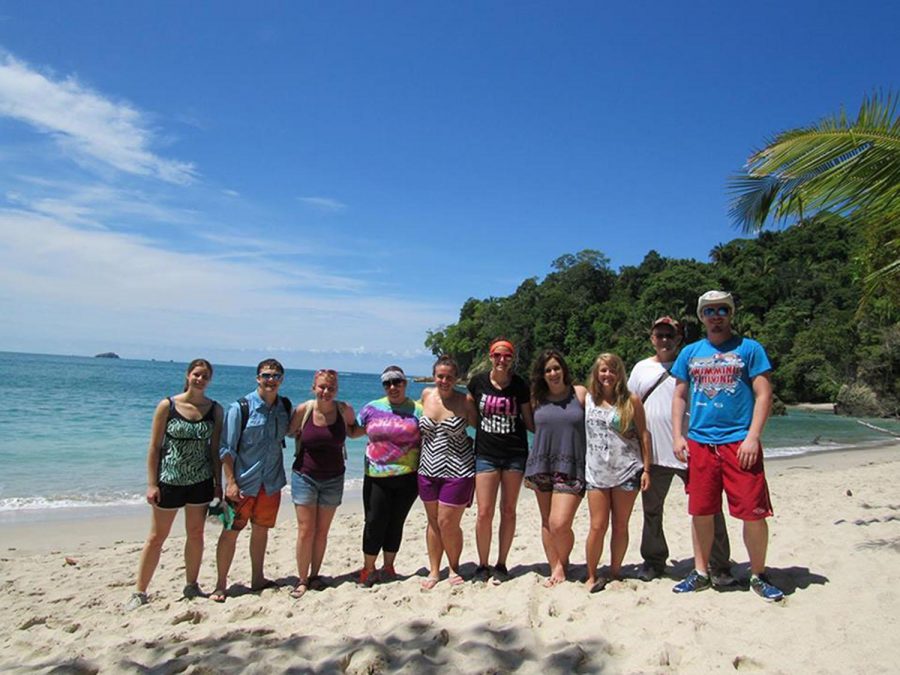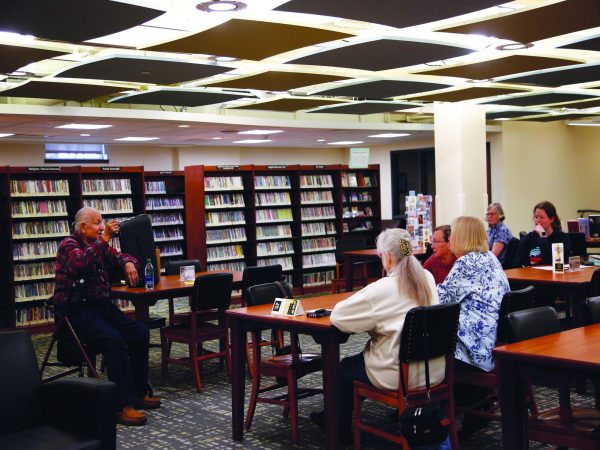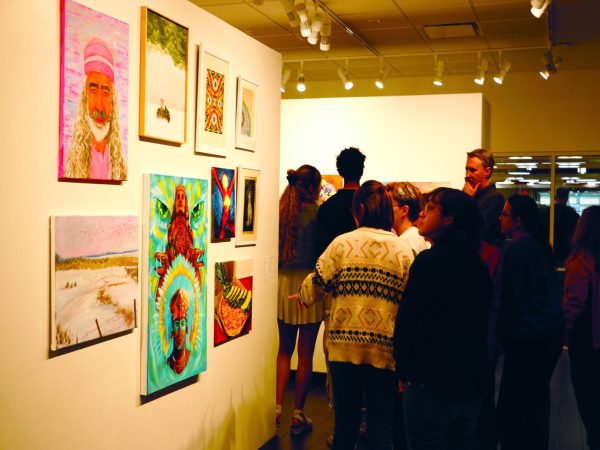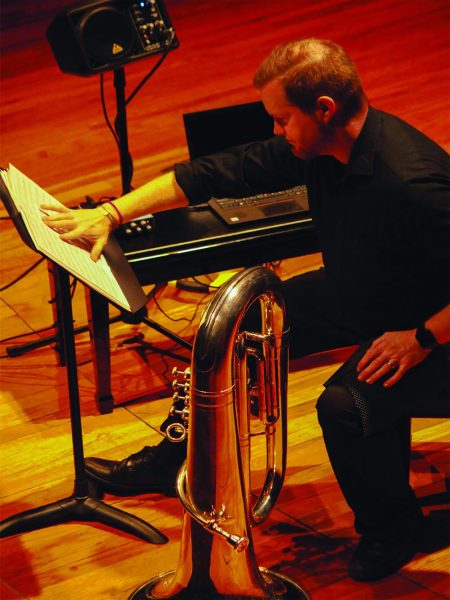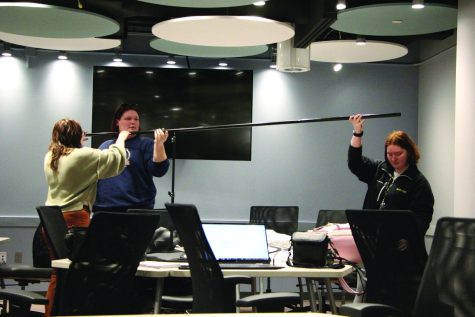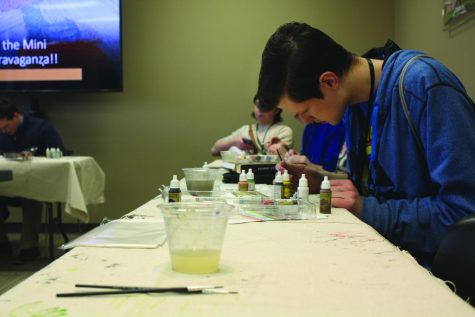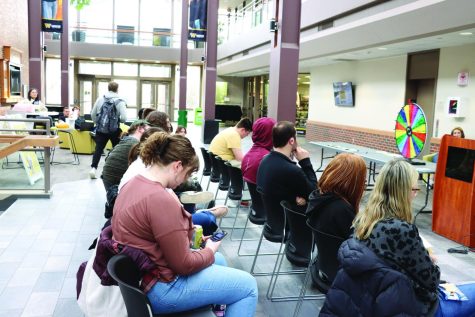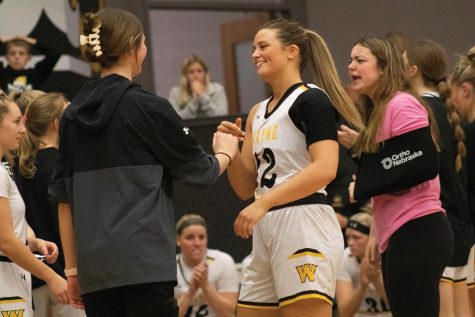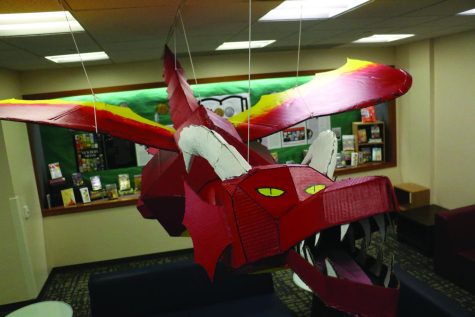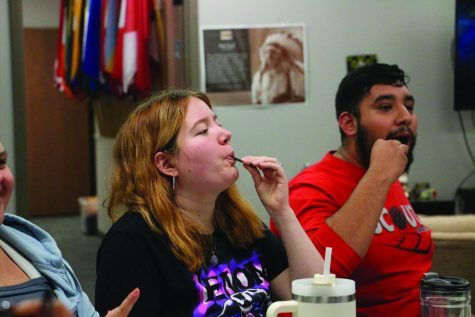Pura Vida in Costa Rica
Photo Courtesy of Adolfo Cacheiro
During their month-long trip in Costa Rica, students stayed in San Jose and taveled along the coastal region of Manuel Antonio.
October 28, 2015
From “the good life” to “pura vida,” Wayne State College students embarked on a month-long trip last summer to Costa Rica to study abroad–both in the classroom and through their new surroundings.
Senior Amy Stump was one of the fortunate individuals who was presented with opportunity of studying abroad, and she says it is one trip that will stick with her forever for many reasons.
Stump was also granted two stipends for this trip. She was selected from national collegiate honor societies, including Sigma Delta Pi, and was given $4,000 for this trip.
During their stay, the WSC crew stayed in San Jose for three weeks and spent a week exploring the coastal area of Manuel Antonio.
Stump said the difference between the heart of the country and the coastal regions was as diverse as the many people she encountered.
Stump was able to take in a large portion of the beautiful landscapes through the tours that were offered. Visiting volcanoes, white water rafting and zip lining were among her favorite ways of taking in her surroundings during her stay.
As for the diversity of the people, Costa Rica is a mixture of six different cultures.
“I feel like they’re the real definition of a melting pot,” Stump said.
She went on to explain that the way these people have blended cultures gave her a new outlook on the United States’ definition of a “melting pot” and made her decide that the term was more suited to Costa Rica’s very deeply rooted combination of traditions.
Students were required to take two 3-credit classes during their trip. Classes were taught by both Dr. Alan Bruflat and by professors at the Costa Rica Spanish Institute (COSI).
Dr. Adolfo Cacheiro was one of the WSC professors in charge of making arrangements for the trip. He said that lots of work is put in between both COSI and WSC in order to make this trip possible.
Part of WSC’s goal by offering this study abroad program is presenting students with an education that meets WSC’s standards, through both learning in the classroom and through excursions that are provided. Cacheiro explained that while planning for this program, careful consideration is taken when choosing each tour so that students are able to fill their cups to the brim with knowledge of another culture during their stay.
Outside of the classes offered for credit, students were given the chance to take optional cooking and dancing classes after dismissal from their core classes, and Stump was sure to take up these opportunities when she could.
Both Stump and Cacheiro spoke of the educational growth that takes place in language learning while students are in Costa Rica.
Whether it be Spanish majors or students who have simply taken the prerequisite of Spanish 120, Cacheiro said students “become more at ease in their Spanish conversations.”
“It’s the best way to learn the language,” Cacheiro said. “You learn the language by living it.”
Part of living in the culture involved students living with host families who were employees of COSI. Students were matched with host families to make sure they were good fits.
Through these hosts, students were able to develop relationships and get a better feel for native life in Costa Rica.
Stump described her time with her host family as the time she learned the most about the language and the culture.
The next study abroad trip to Costa Rica will take place in 2017, and anyone considering taking up this opportunity should speak to Dr. Cacheiro.
“When you are a tourist, you see a country. When you study abroad, you live in a country,” Cacheiro said. “Do it when you’re young so you can truly enjoy what the world has to offer. Now is the time.”







